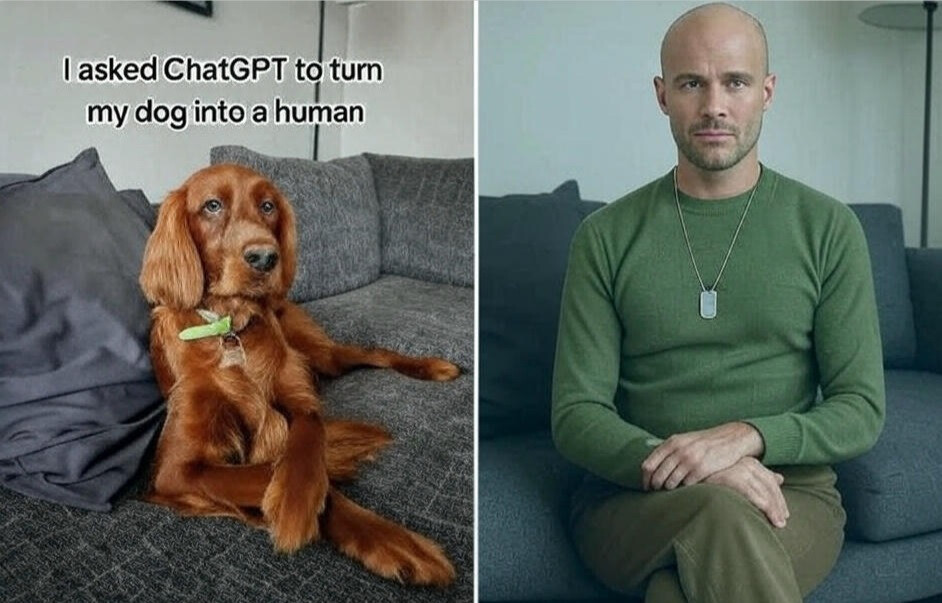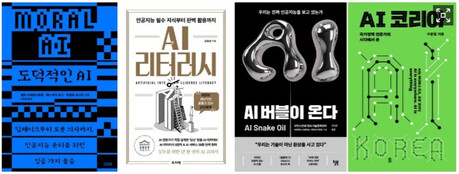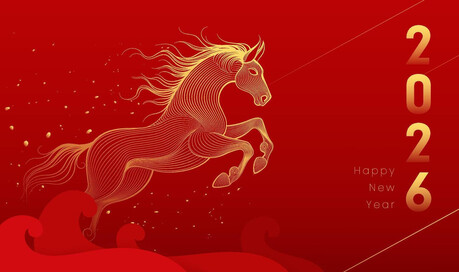
Following the recent surge in AI-generated imagery reminiscent of the enchanting styles of Studio Ghibli and the magical world of Disney, a novel trend has emerged within the digital sphere, propelled by the capabilities of OpenAI’s ChatGPT. This burgeoning phenomenon involves the imaginative transformation of animals into human-like figures, rapidly gaining traction across various social media platforms and capturing the collective fascination of online users.
As reported by the New York Post on April 14th (local time), the act of employing ChatGPT’s functionalities to anthropomorphize creatures of the animal kingdom has become a widespread and engaging pastime. This trend has particularly flourished on platforms known for their visual content and viral spread, demonstrating the potent blend of artificial intelligence and creative human curiosity.
One particularly notable instance that catalyzed this trend’s ascent is a captivating video shared by a TikTok user identified as ‘roisintheredsetter.’ The short-form video, which has since amassed over 2.2 million views, showcases the intriguing results of a simple yet imaginative prompt. The video commences with the straightforward caption, “I asked ChatGPT to turn my dog into a human,” immediately setting the stage for the digital metamorphosis that follows.
The visual transformation depicted in the video is both whimsical and surprisingly evocative. An Irish Setter, initially seen lounging comfortably on a sofa, undergoes an AI-driven reimagining, emerging as a woman characterized by striking red hair, a cozy green sweater, and an endearing dog bone necklace. This creative interpretation, imbued with subtle nods to the canine subject’s original features, has resonated deeply with viewers, sparking both amusement and a sense of wonder at the AI’s capacity for imaginative rendering.
The trend extends beyond the realm of domestic canines, encompassing a diverse array of animal species. Another compelling video showcases a French Bulldog being transformed into a distinctive male figure, complete with a prominent jawline and a distinguished gray beard. This particular rendition highlights the AI’s ability to extrapolate human-like characteristics from specific animal traits, resulting in visualizations that are often both humorous and strangely plausible.
The versatility of this AI-driven humanization process is further underscored by its application to creatures ranging from small hamsters to the more stoic turtle. A testament to the trend’s broad appeal, a user within the popular online community Reddit shared a captivating image of their feline companion reimagined in a human form. This instance demonstrates the personal connection users feel with their pets and the desire to explore these imaginative ‘what ifs’ through the lens of artificial intelligence.
The method for participating in this engaging trend is remarkably simple and accessible to users of ChatGPT. The process involves logging into the AI platform, uploading a photograph of the chosen animal, and then inputting a concise prompt such as, “What would this animal look like if it were a man/woman human?” The AI then processes the image and the textual prompt to generate a visual interpretation of the animal in a human-like guise, often incorporating recognizable features of the original animal into the human form.
The reactions from netizens who have encountered and engaged with this novel application of ChatGPT have been overwhelmingly positive, characterized by expressions of delight and astonishment. Comments such as “It’s so cute and plausible” frequently accompany the shared images and videos, reflecting the widespread appreciation for the AI’s creative output and the endearing nature of the humanized animal depictions. The trend highlights the evolving ways in which individuals are interacting with and exploring the creative potential of artificial intelligence, finding novel and entertaining applications for these powerful tools.
Beyond the immediate amusement and novelty, this trend also touches upon deeper aspects of human-animal relationships and the human tendency to anthropomorphize the natural world. For centuries, humans have projected human characteristics and emotions onto animals, a phenomenon evident in folklore, literature, and art. This AI-driven trend can be seen as a modern extension of this age-old inclination, leveraging cutting-edge technology to visualize these imaginative projections in a tangible and shareable format.
Furthermore, the popularity of this trend underscores the increasing accessibility and user-friendliness of advanced AI technologies. ChatGPT, with its intuitive interface and powerful image processing capabilities, has democratized the creation of sophisticated digital art, allowing individuals without specialized technical skills to engage in complex creative endeavors. This accessibility is a key factor in the rapid spread and adoption of such trends across social media platforms.
However, as with any rapidly evolving technological trend, discussions surrounding the ethical and societal implications are also beginning to emerge. While the humanization of animals through AI is largely seen as a lighthearted and entertaining pursuit, questions regarding the potential for misrepresentation or the blurring of lines between the natural and artificial are worth considering in the long term. Nevertheless, in its current iteration, the trend serves primarily as a testament to human creativity, our enduring fascination with the animal kingdom, and the remarkable capabilities of artificial intelligence to bridge these two worlds in imaginative and engaging ways.
In conclusion, the ‘humanized animals’ trend represents the latest wave of creative exploration fueled by the accessibility and power of AI tools like ChatGPT. Following in the footsteps of art style mimicry, this novel application has captured the imagination of social media users worldwide, offering a whimsical and often endearing glimpse into the anthropomorphic possibilities of our beloved animal companions. As technology continues to evolve, such trends serve as a reminder of the playful and imaginative ways in which humans are increasingly interacting with and shaping the digital landscape.
[Copyright (c) Global Economic Times. All Rights Reserved.]






























